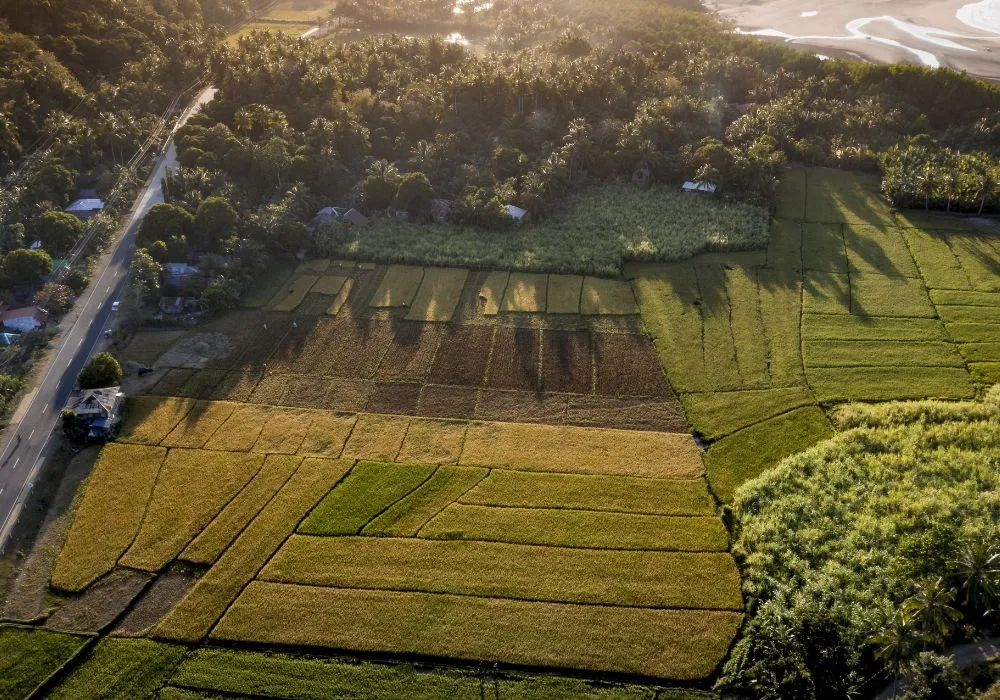Putting your money into farms has always been a smart way to grow it. Agricultural property is a steady and valuable asset. But what if you want to get into agriculture without actually buying a whole farm? For many people, the answer could be Farmland REITs: The Easy Way to Invest in Agriculture?
This article will show you what these agricultural trusts are. We will look at the good parts and the tricky parts and see how they compare to owning your own land.
What Exactly Are These Agricultural Trusts?
First, let's talk about what a Real Estate Investment Trust (or REIT) is. It's a company that owns properties that make money, like apartment buildings or shopping malls. You can buy shares in one, just like you buy stocks in companies like Apple or Google.
A special kind of these trusts focuses on agricultural land. These companies buy large areas of rural property and then lease it to farmers. The farmers pay rent to the company, which creates income.
This income is then passed on to the people who own shares. So, when you put money into one of these funds, you become a part-owner of many farms.

The Core Benefits of Adding These Trusts to Your Portfolio
So, why should you think about these agricultural funds? They have some really great benefits that can help your financial portfolio grow. Here are a few of the biggest advantages.
Diversification: The stock market can go up and down a lot. Rural property values, however, usually don't move in the same way. So, if the stock market is having a bad day, your holdings might still be doing well.
Passive Income: These companies have a special rule where they must pay out most of their profits to their shareholders. This means you can get regular payments, creating a nice stream of passive income.
Accessibility & Liquidity: You can buy shares for a small amount. You can also sell them easily on the stock market whenever you want.
Inflation Hedging: When prices for everyday things go up, it’s called inflation. Over time, both land values and the price of crops tend to rise with inflation.
Understanding the Risks and Considerations
While these agricultural trusts sound great, it's also important to know the risks. Here are a few things to keep in mind:

Indirect Risk Exposure: Even though you don't manage the farm, you are still connected to its success. A bad harvest or a sharp drop in crop prices can affect a farmer's ability to pay rent.
No Management Control: When you own shares, you don't get to make any decisions about the properties. The management team is in charge of everything.
Market Performance: The returns are not guaranteed. They depend entirely on how well the trust performs.
Agricultural Trusts vs. Direct Land Ownership
Both options let you invest in agriculture, but they work in very different ways. Here’s a quick comparison to help you decide which one fits your goals best:
How to Get Started with Agricultural Opportunities
Getting started is easier than you might think. Whether you want a hands-off investment or prefer to own farmland yourself, here are the first steps for each option:

Using Agricultural Trusts:
The simplest way to start investing in agriculture.
Open or use your existing online brokerage account.
Search for agricultural-focused trusts or REITs.
Choose one that matches your goals and buy shares directly.
Buying a Property Directly:
This approach takes more time and research.
Begin by studying the farmland market in your area of interest.
Work with experienced real estate professionals who know rural properties.
Explore practical strategies for buying farmland to find what suits your budget and goals.
Conclusion
So, are Farmland REITs: The Easy Way to Invest in Agriculture? The answer really depends on you. It comes down to your financial goals, how much risk you are comfortable with, and whether you want to be directly involved. By thinking carefully about what you want, you can choose the path that is the perfect fit for your financial journey.

